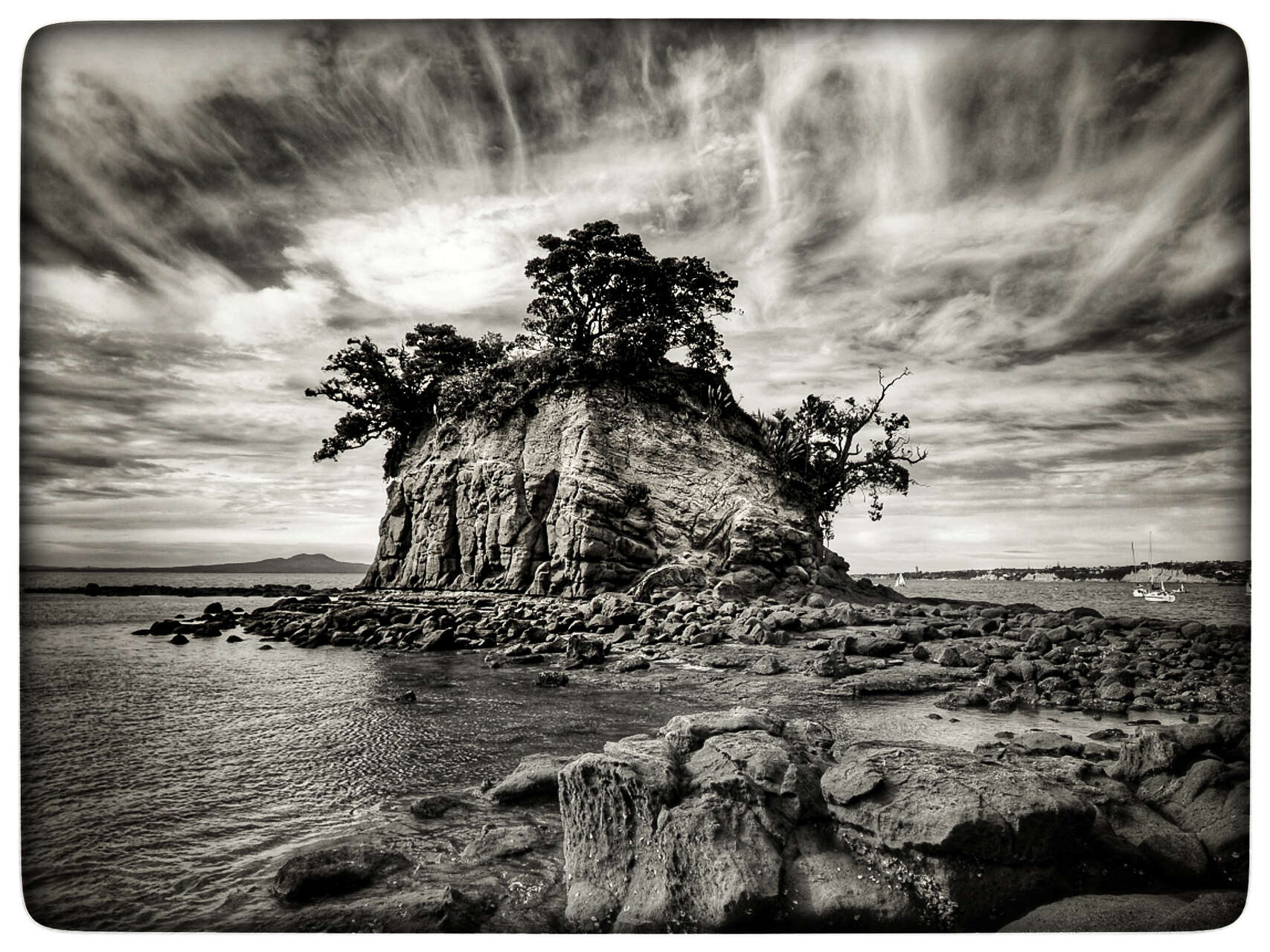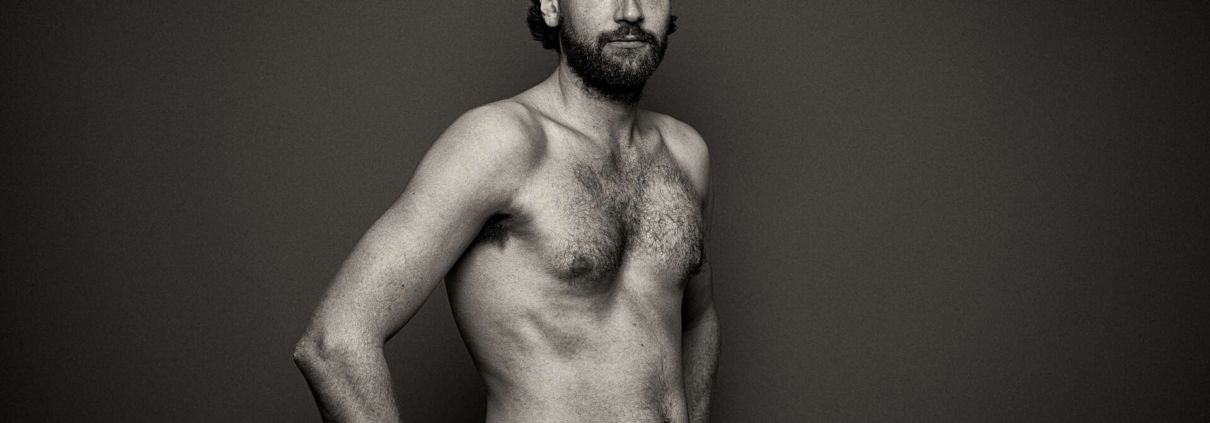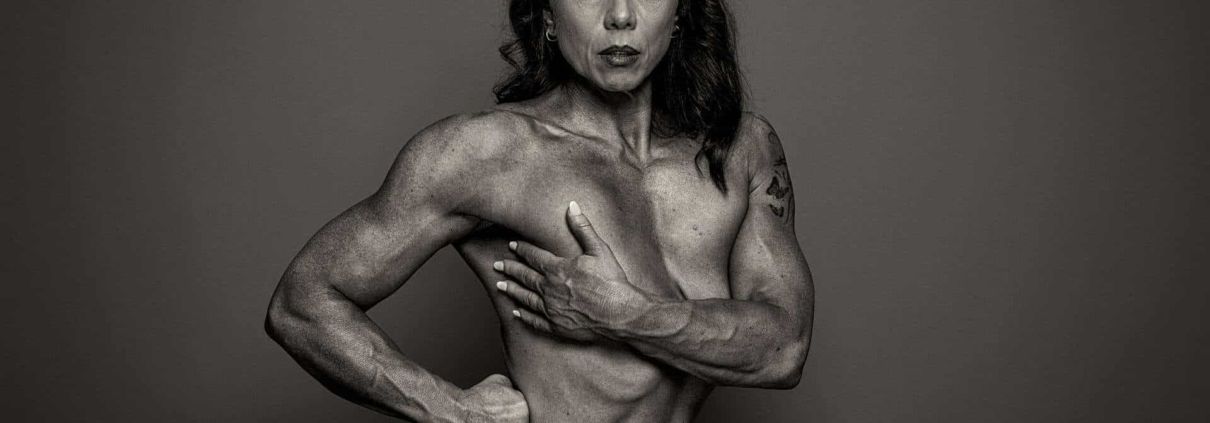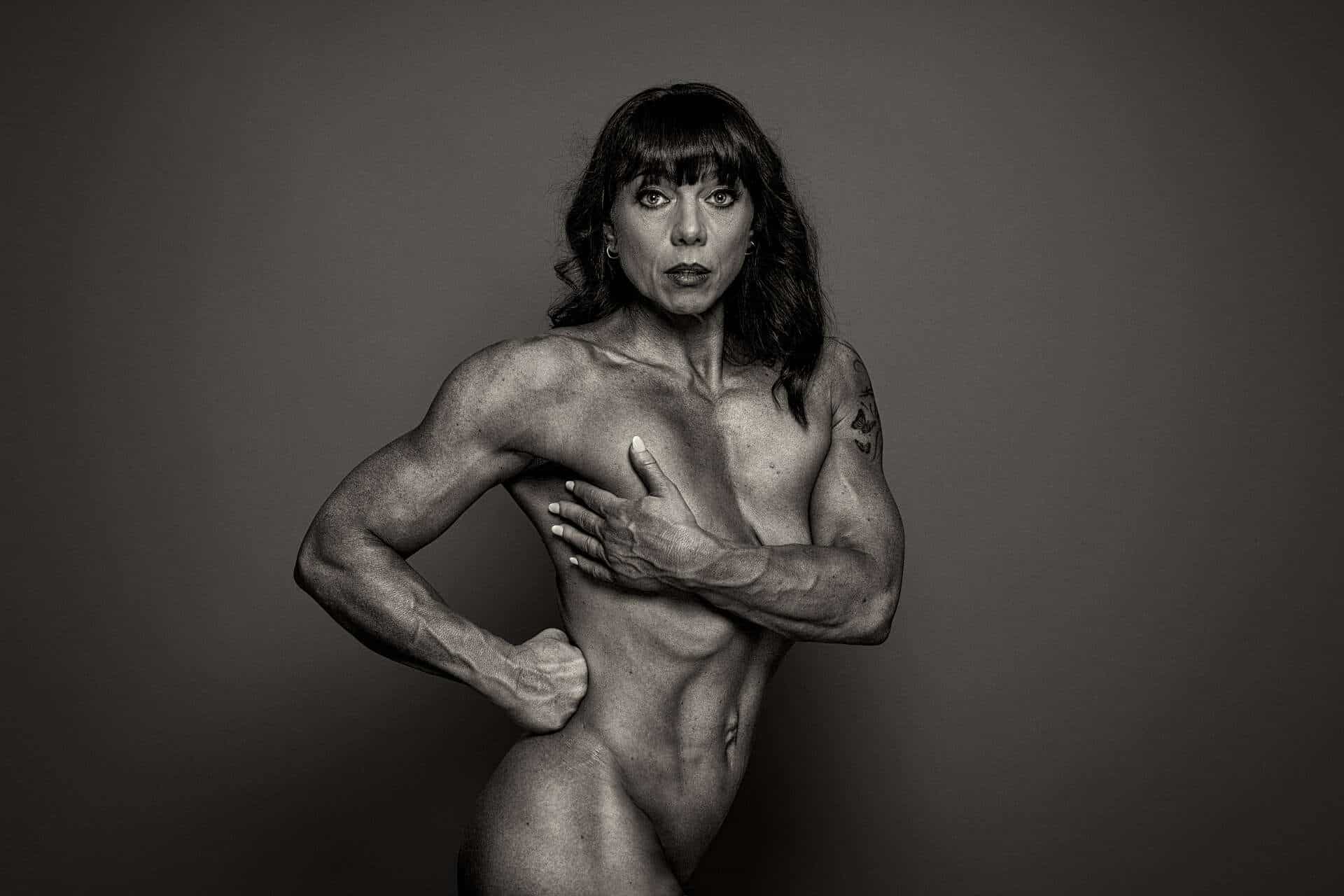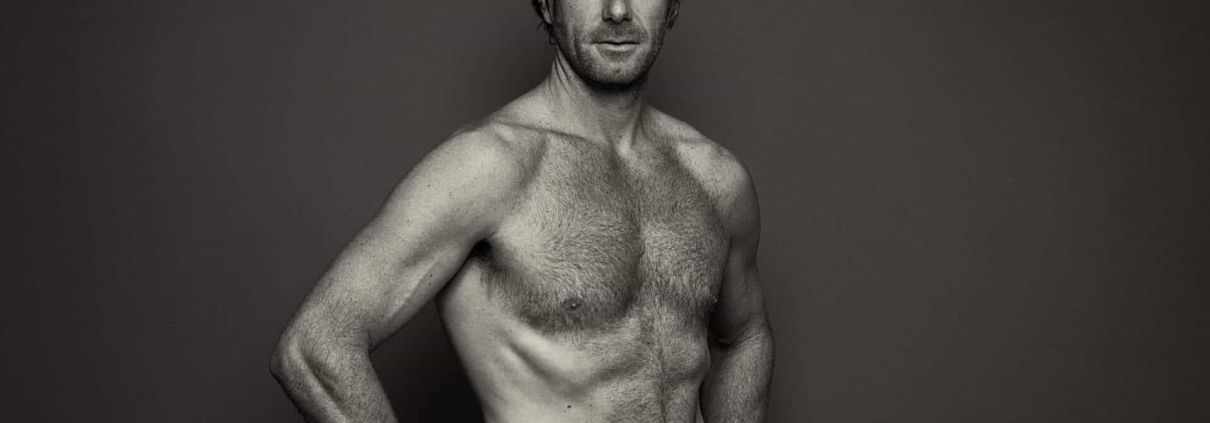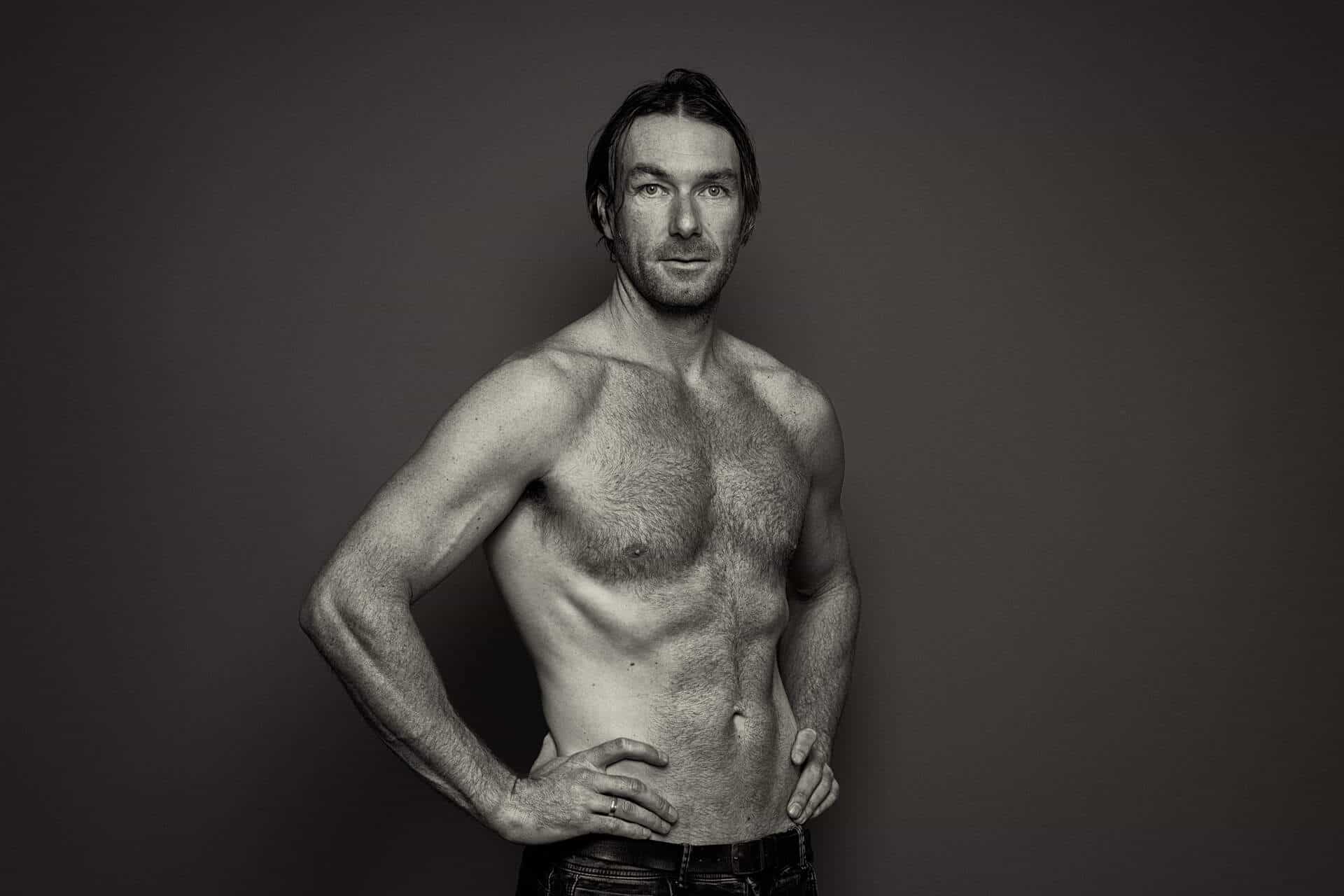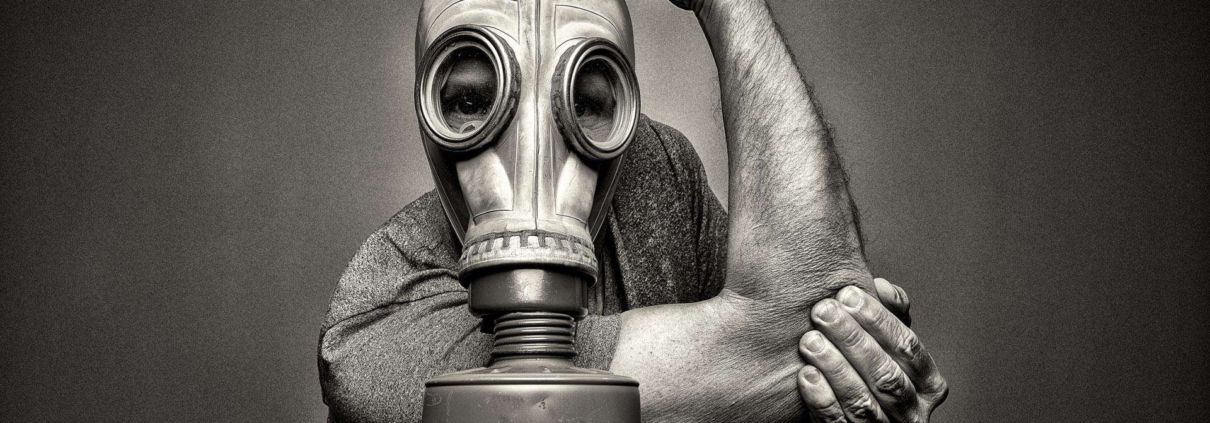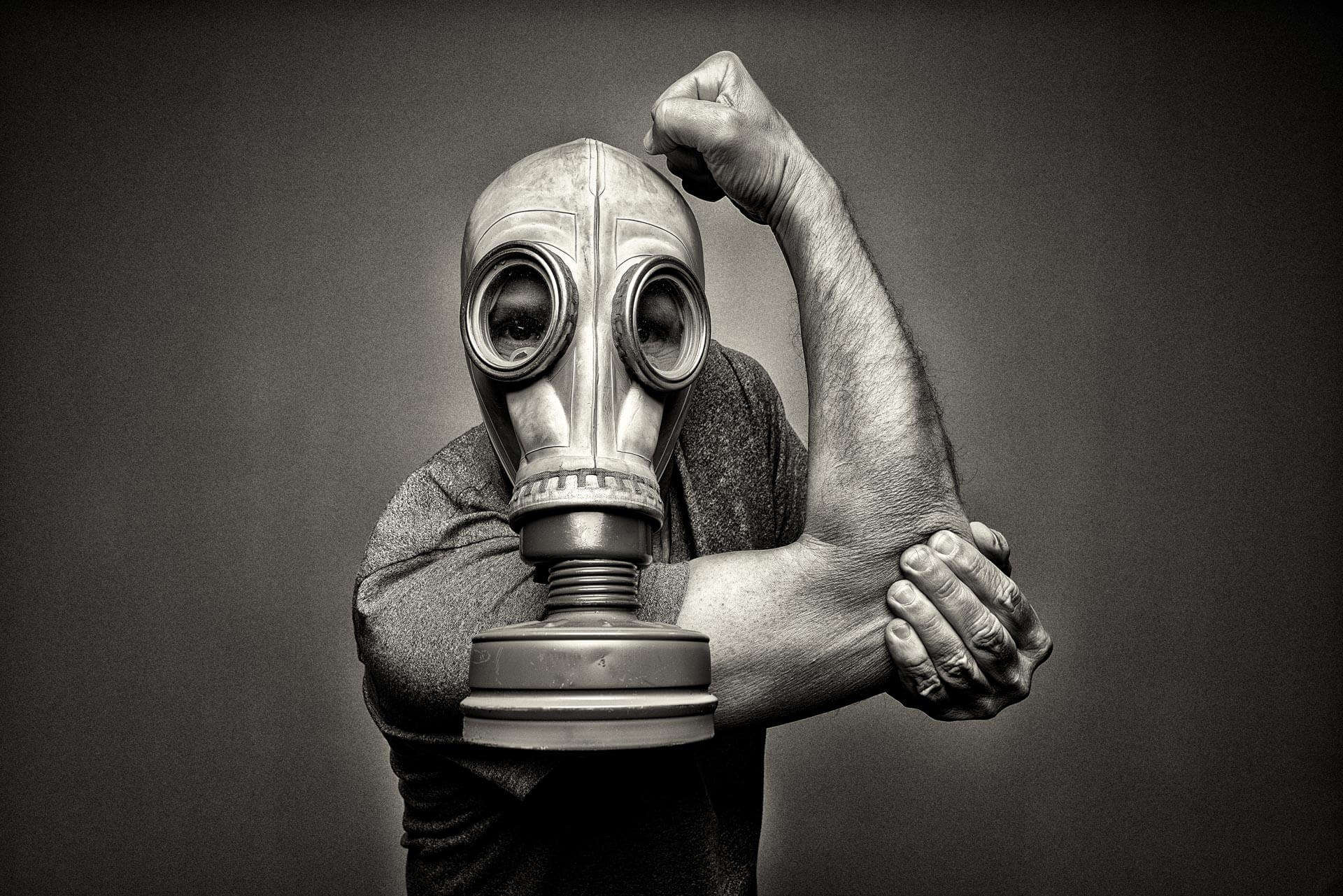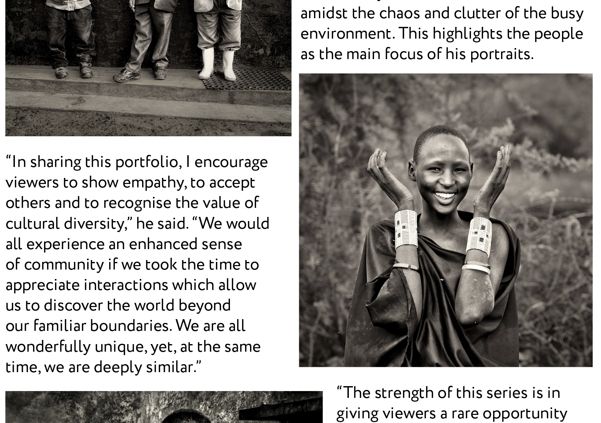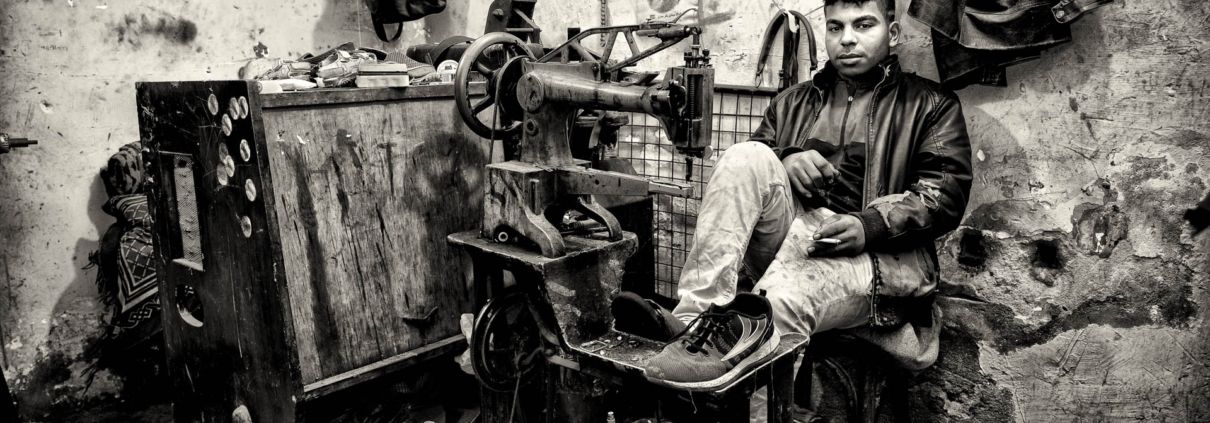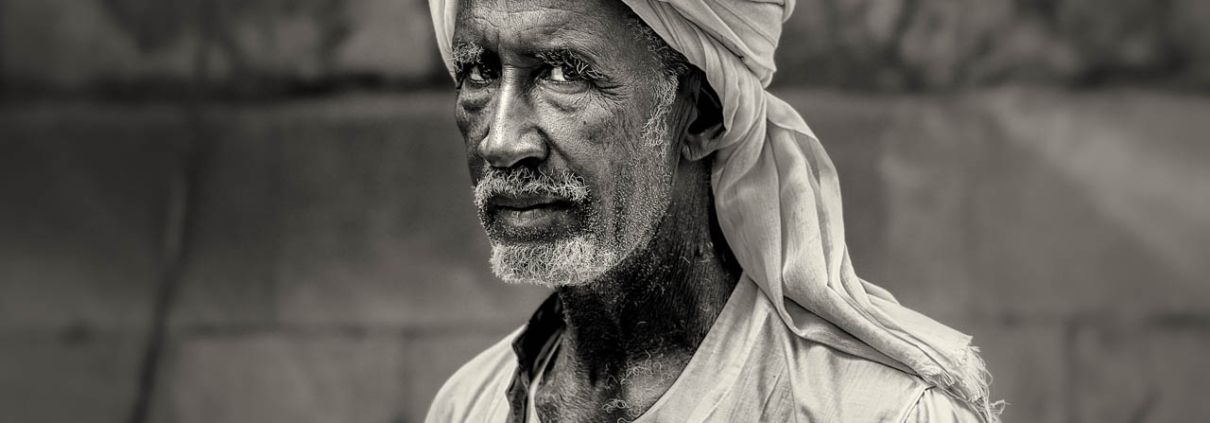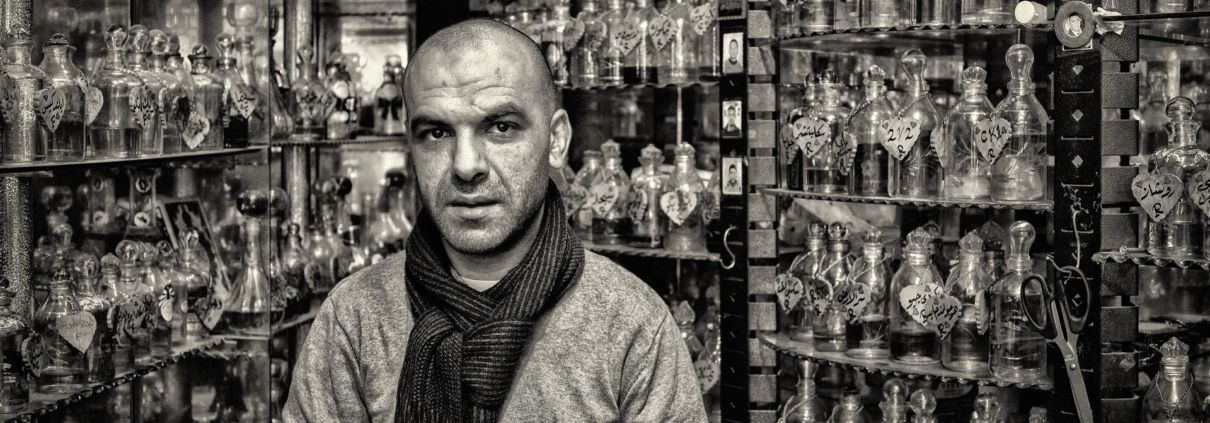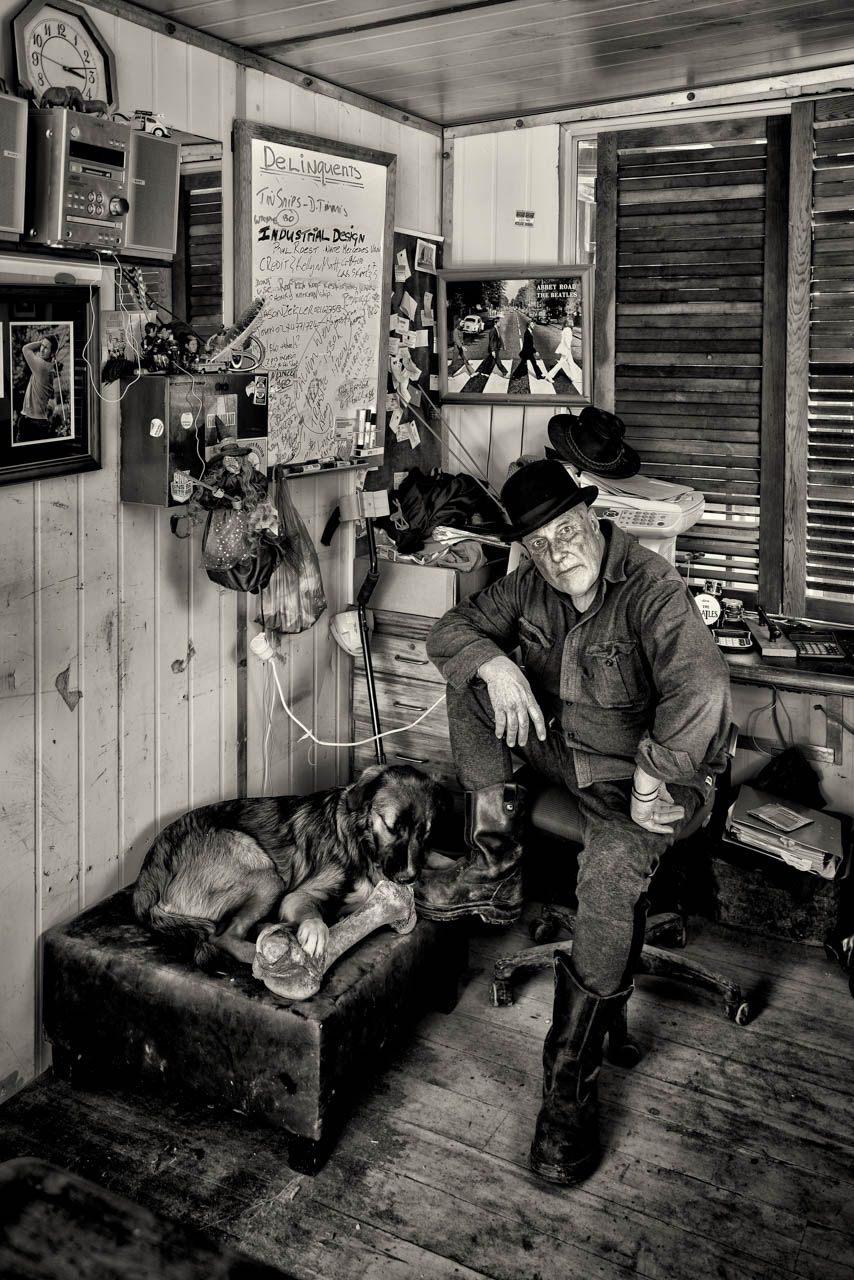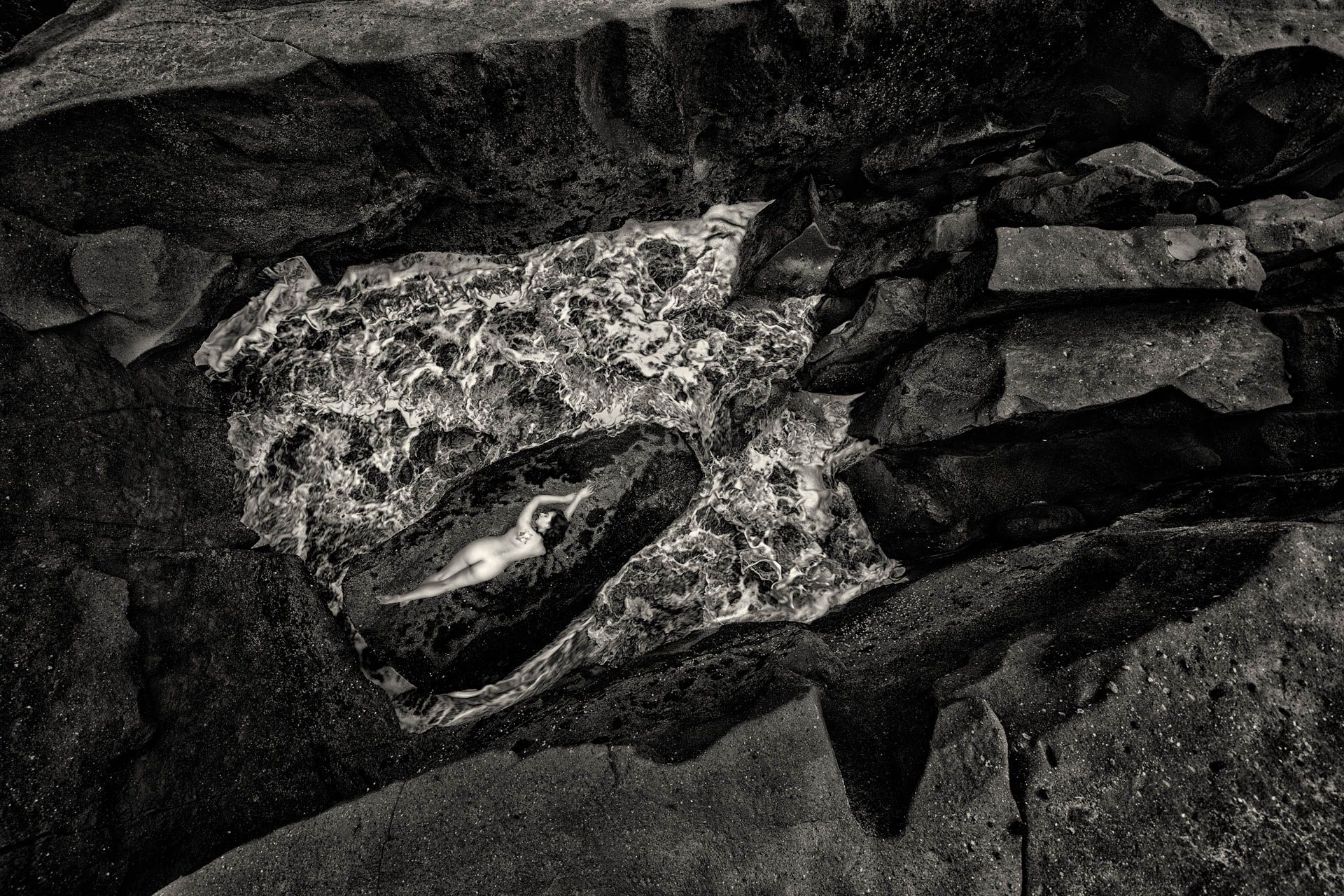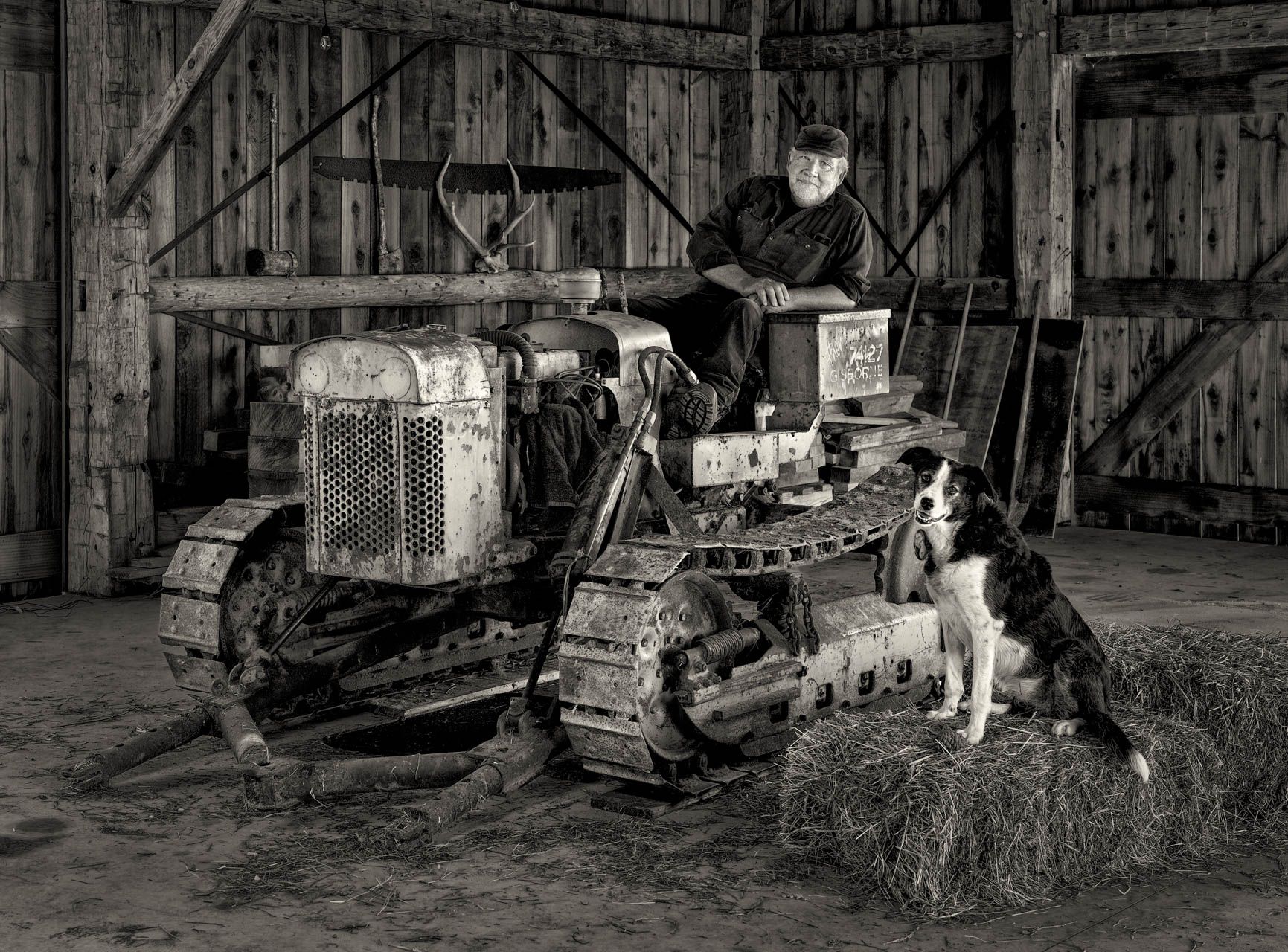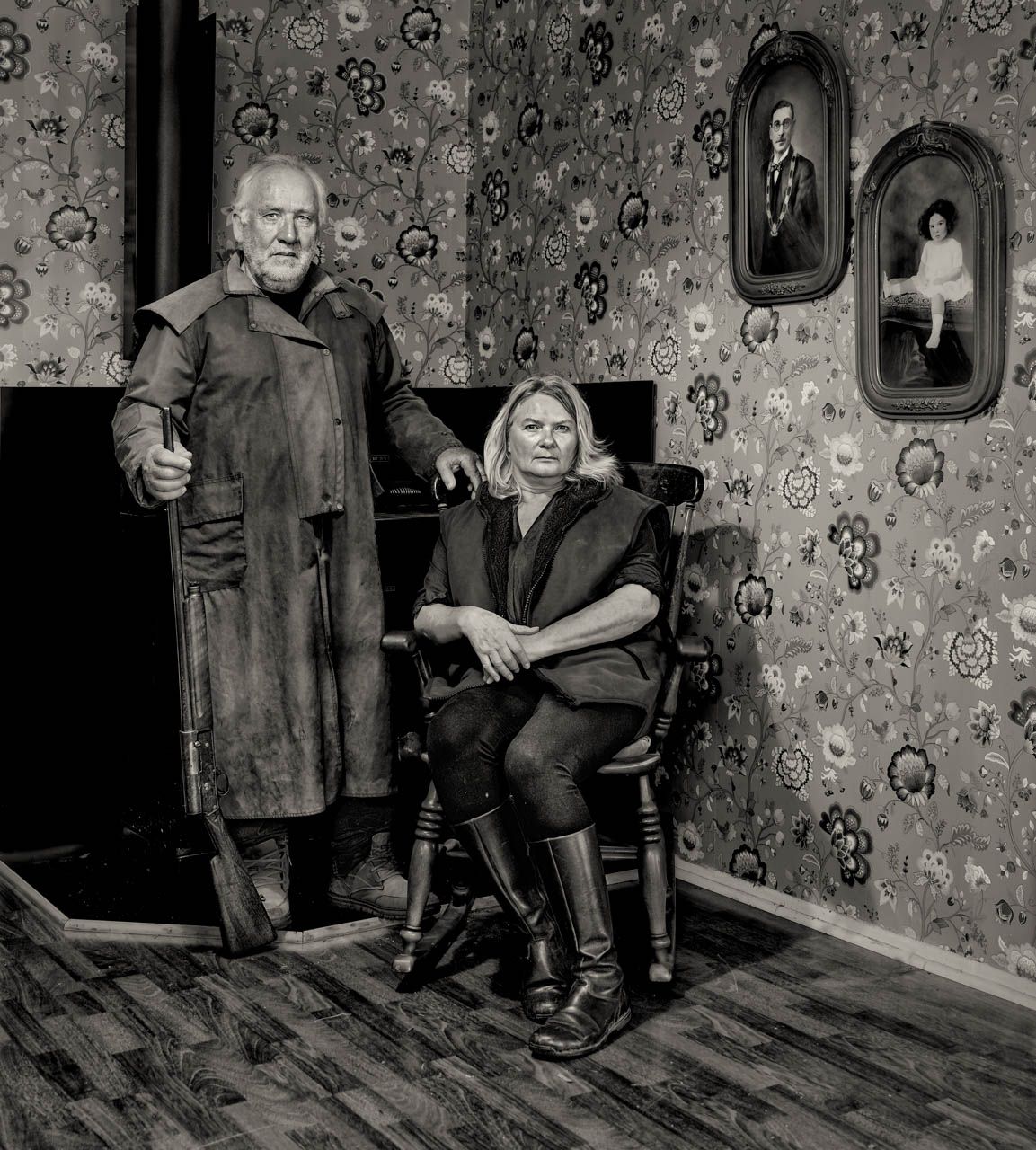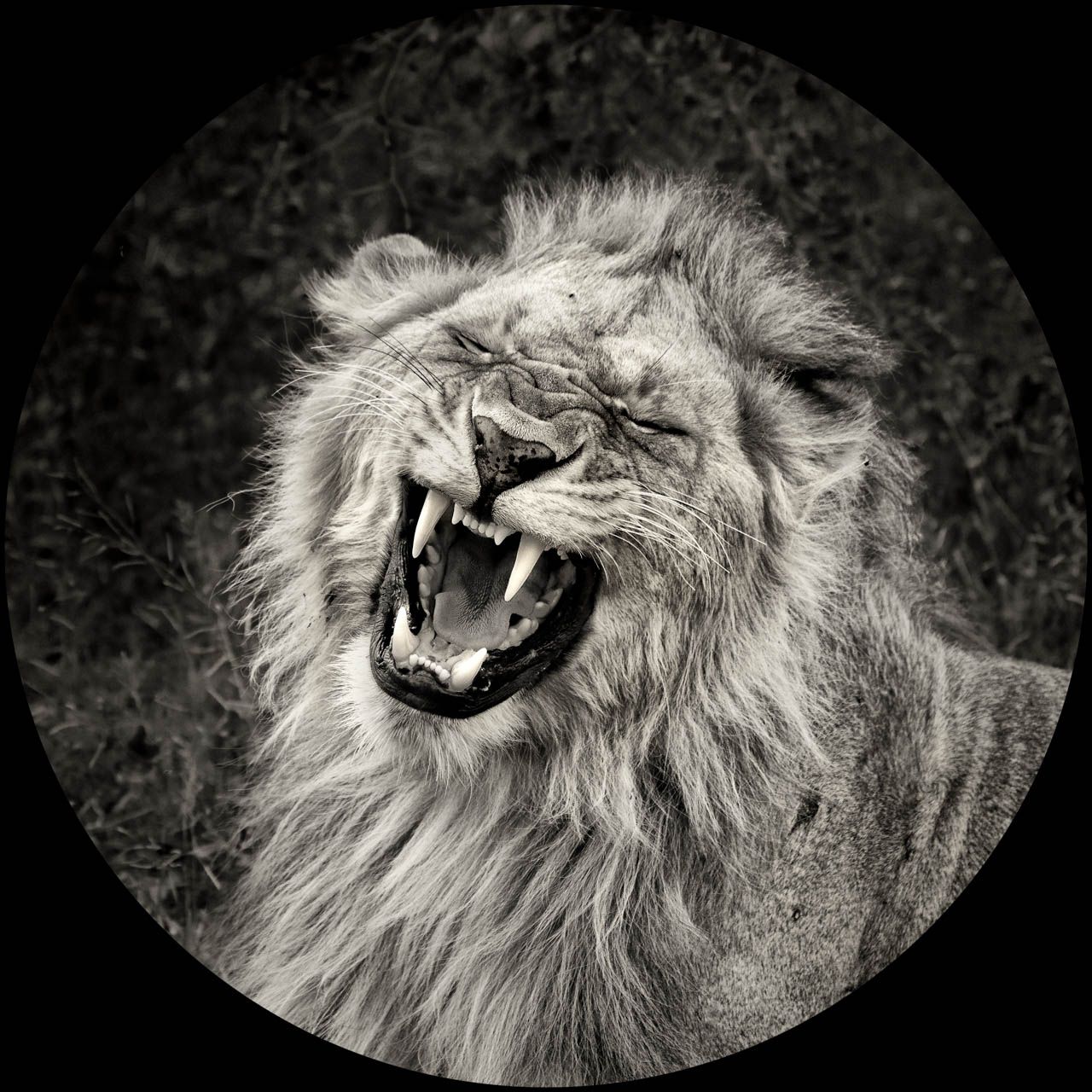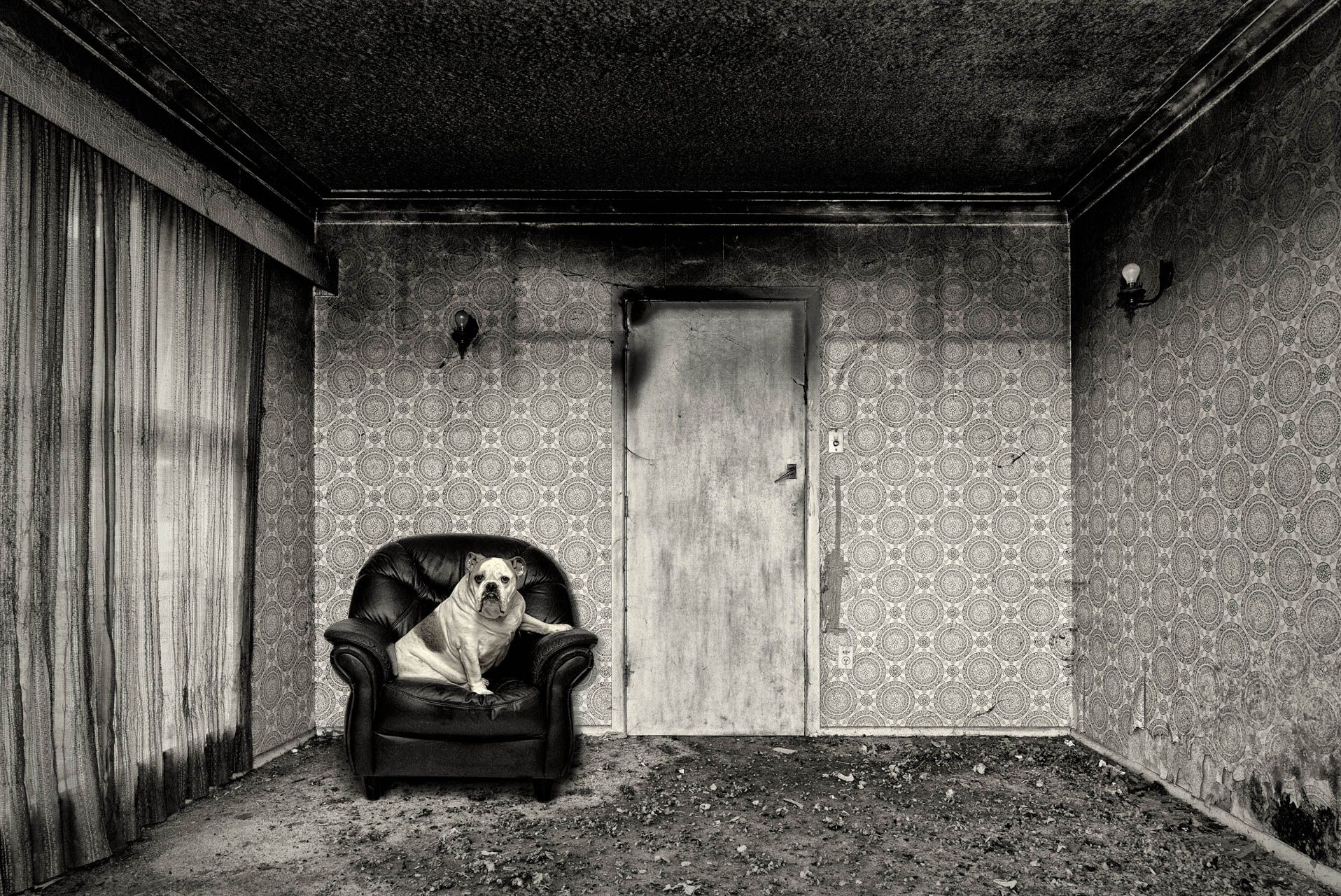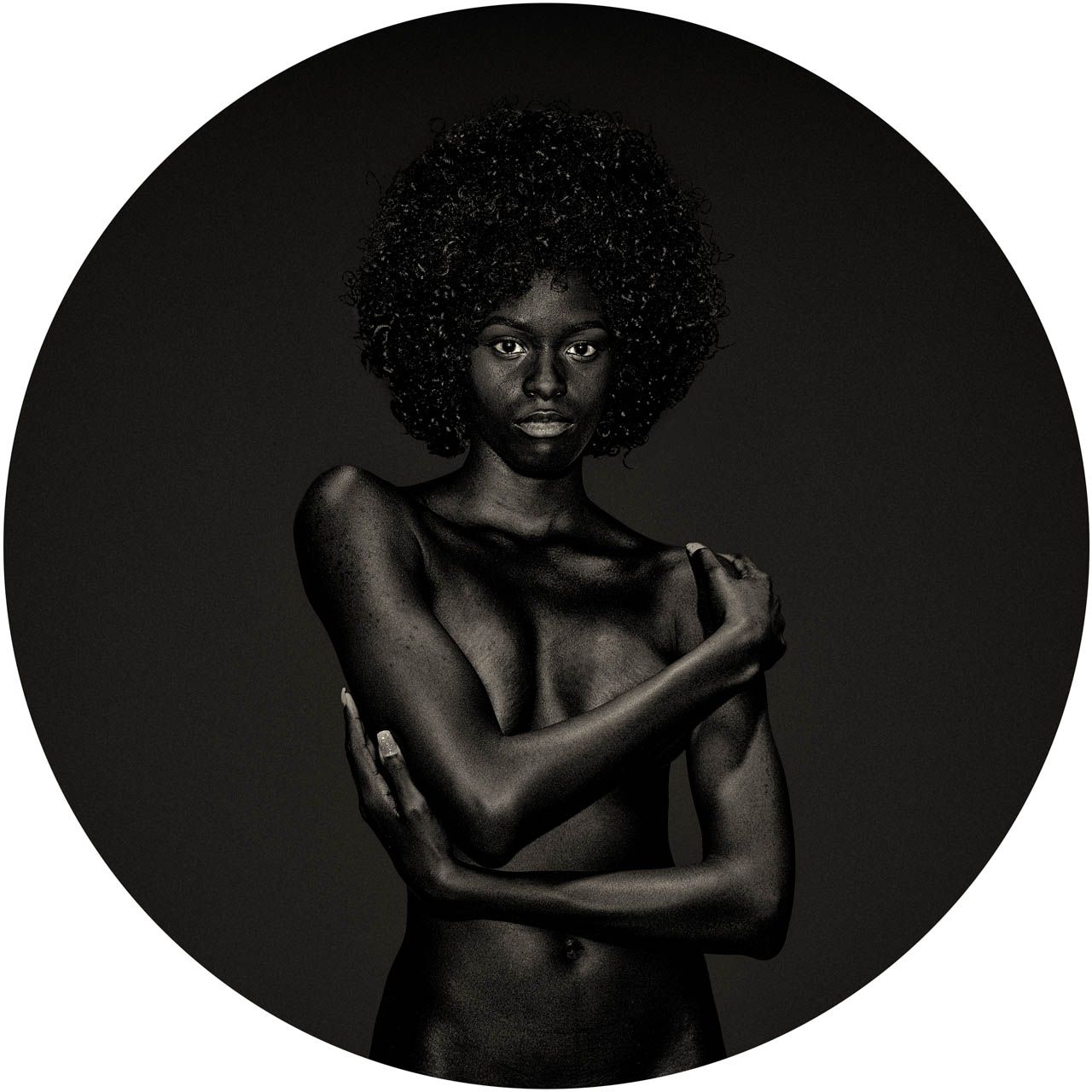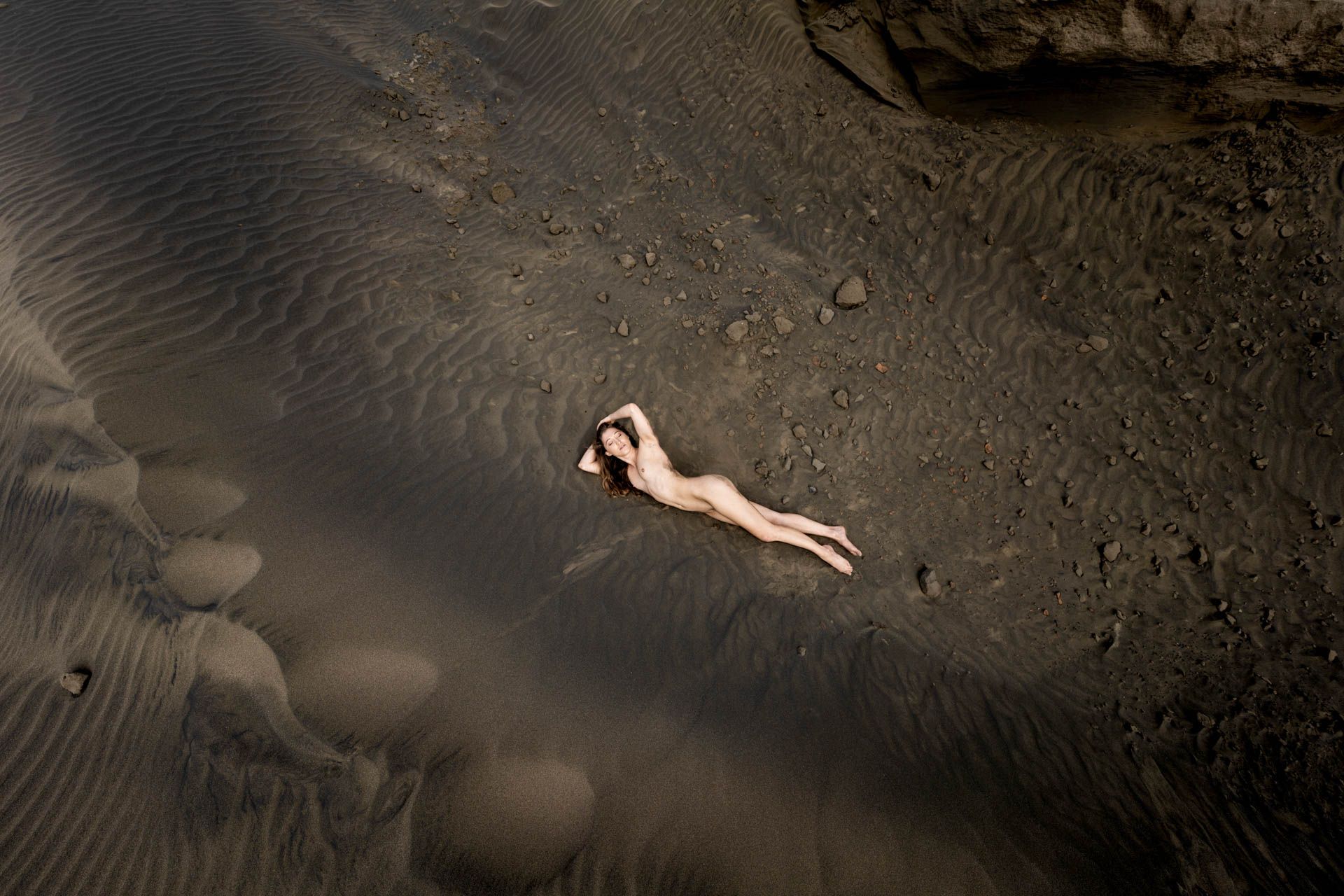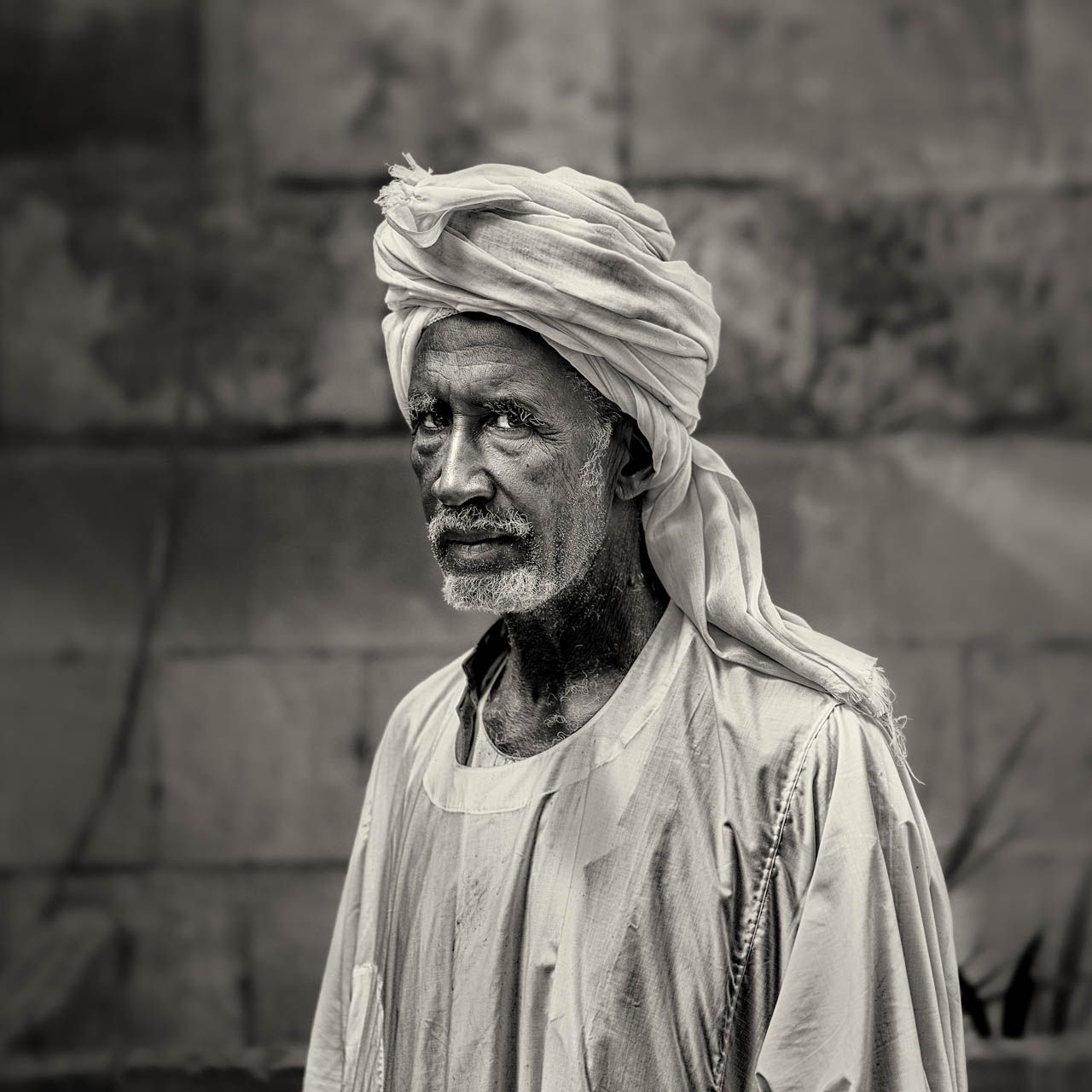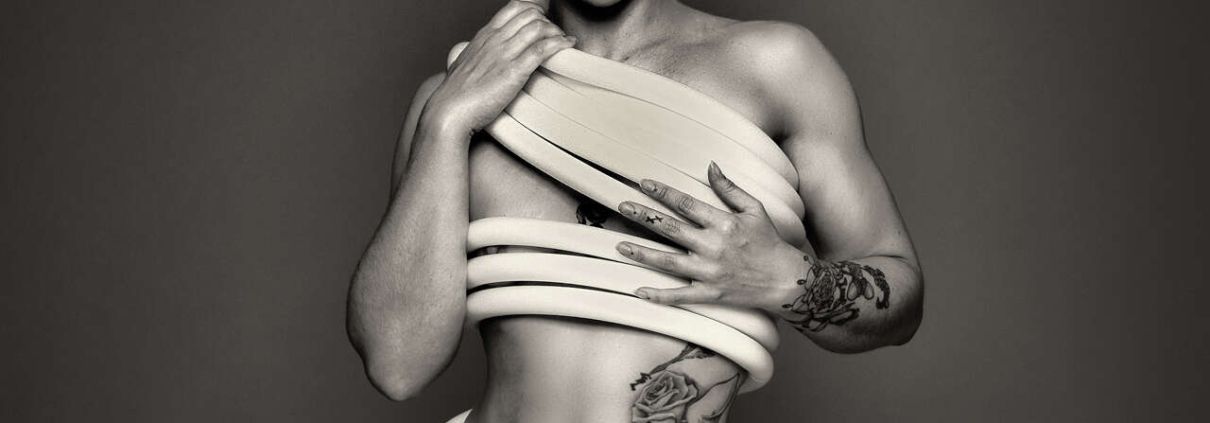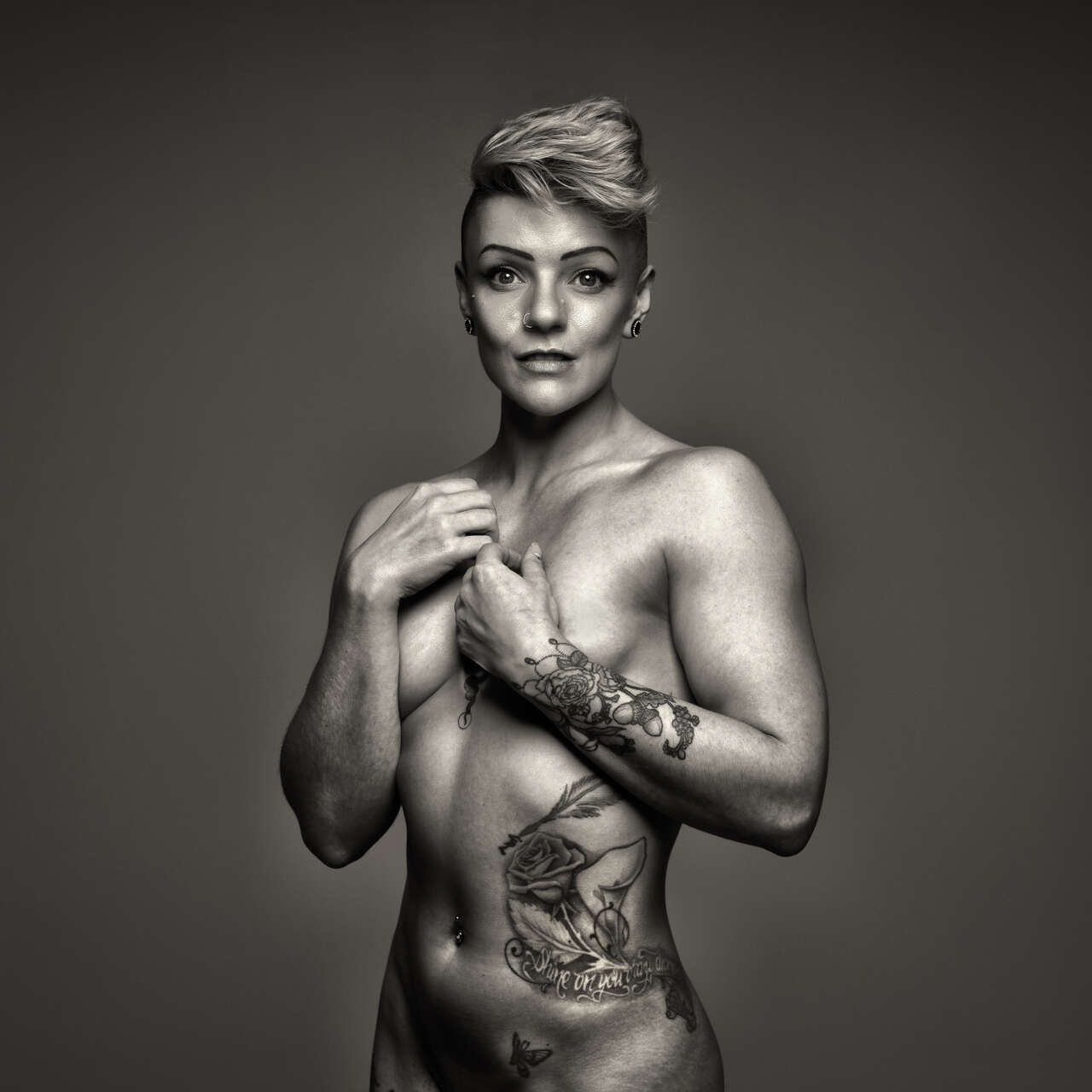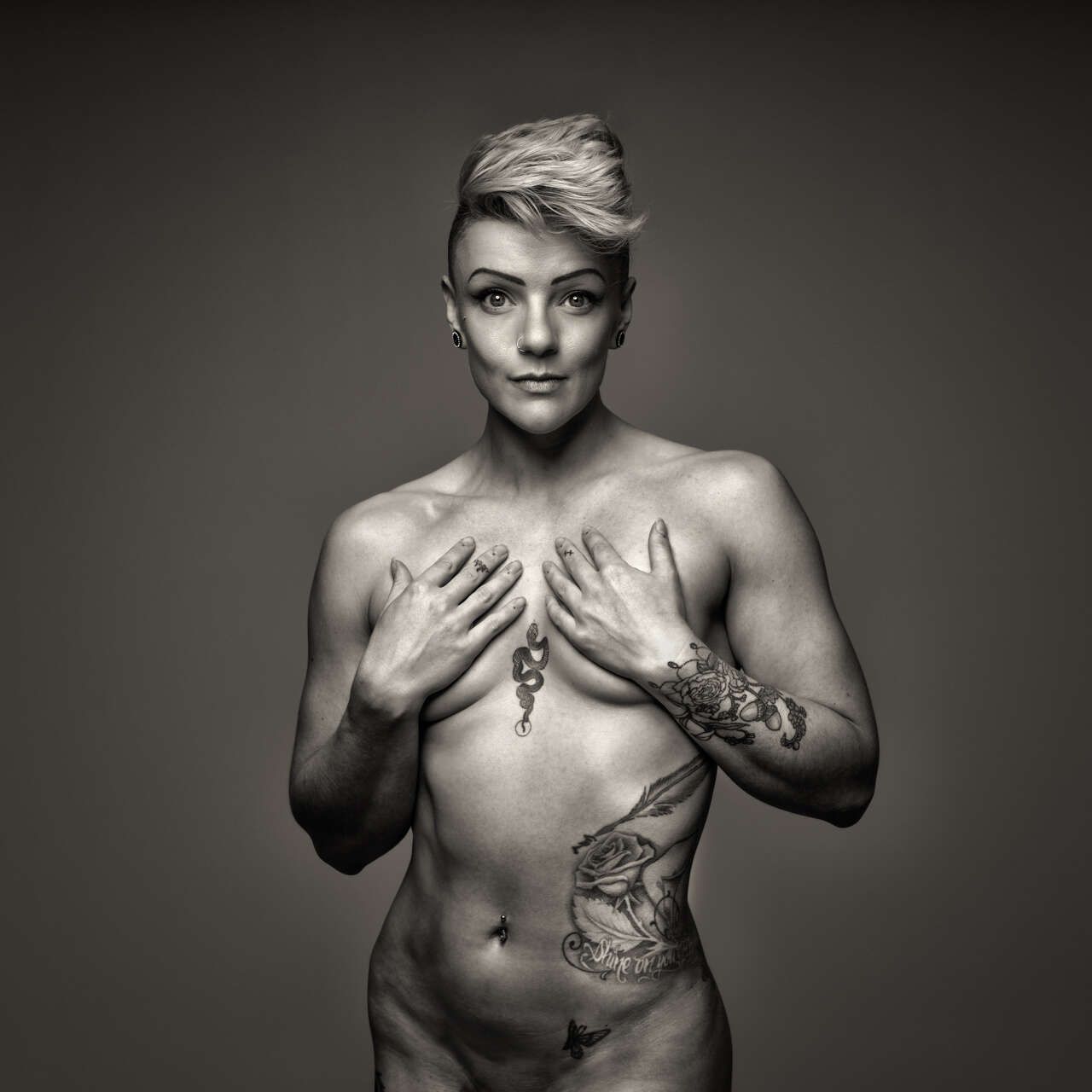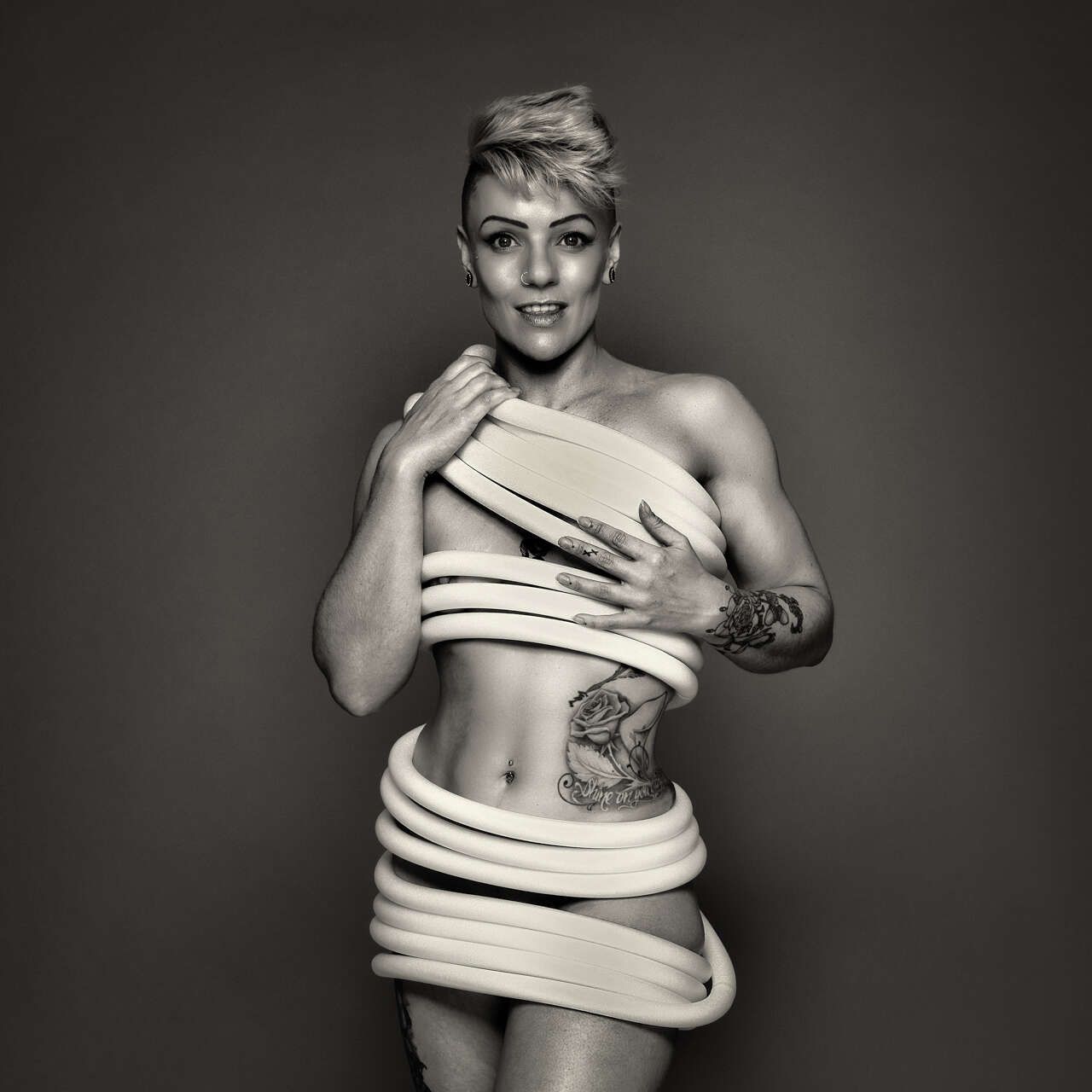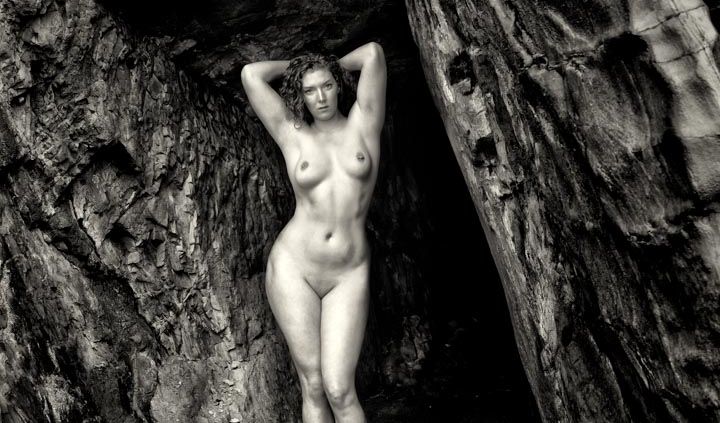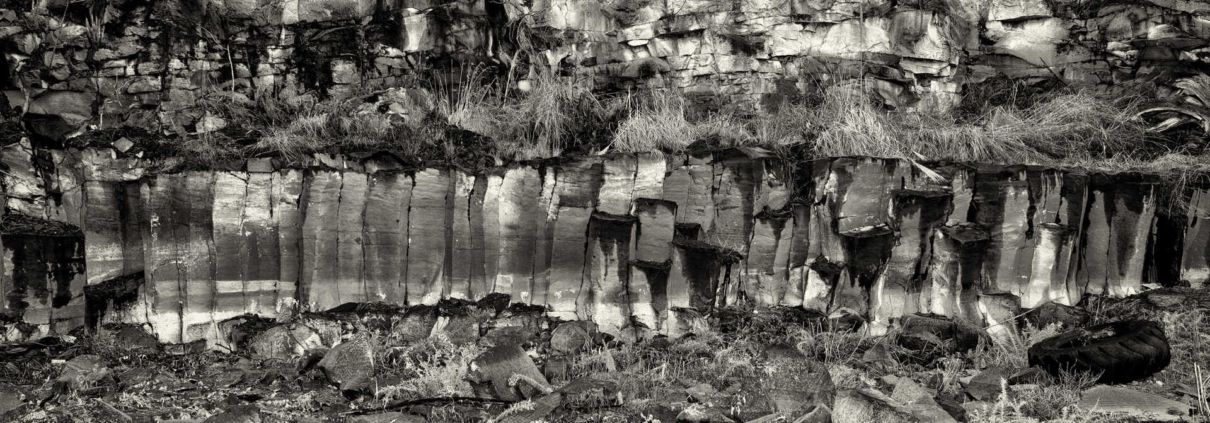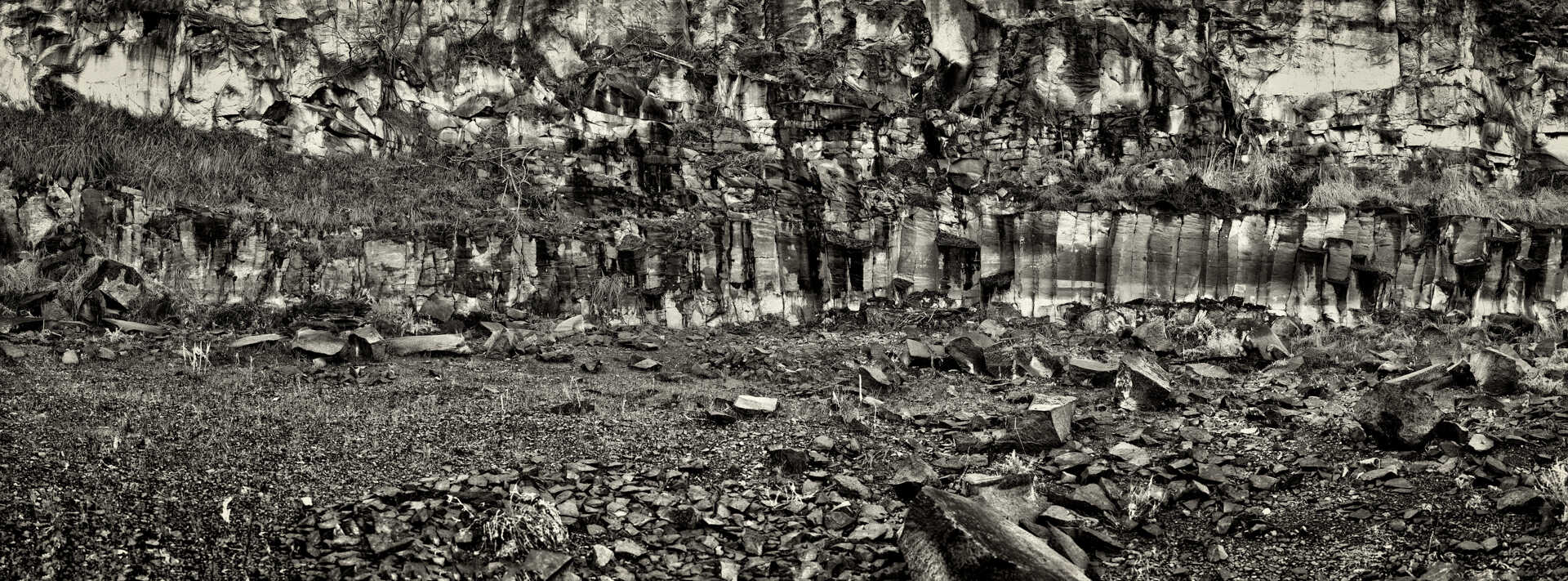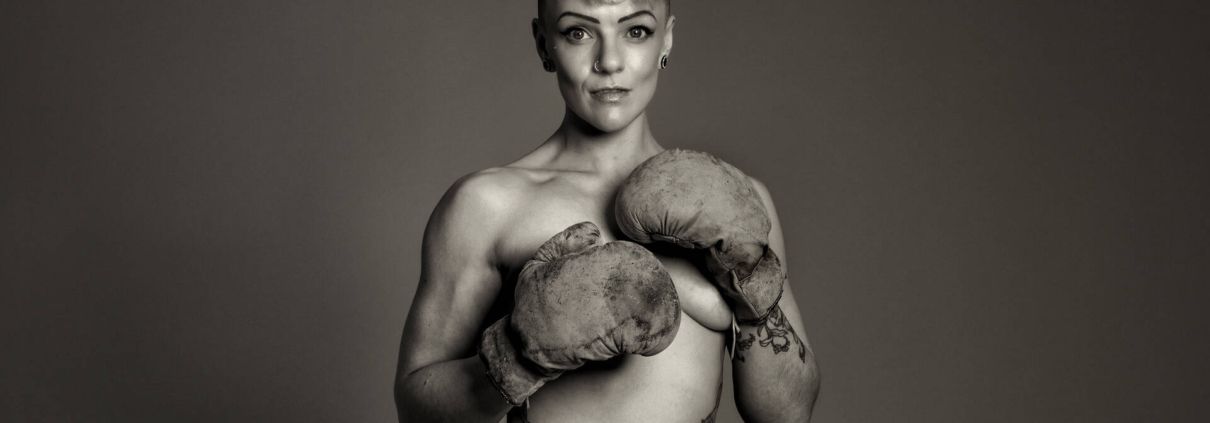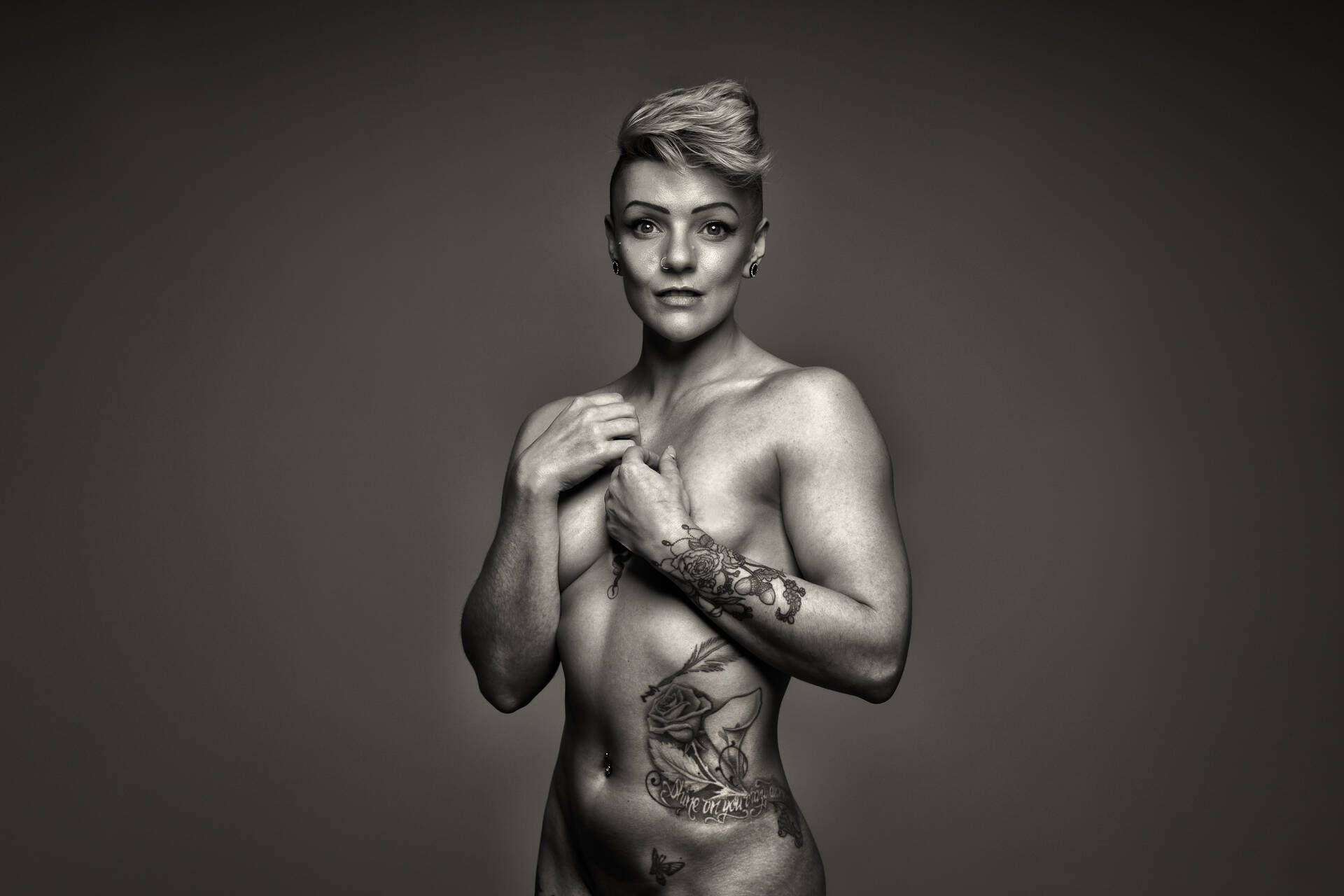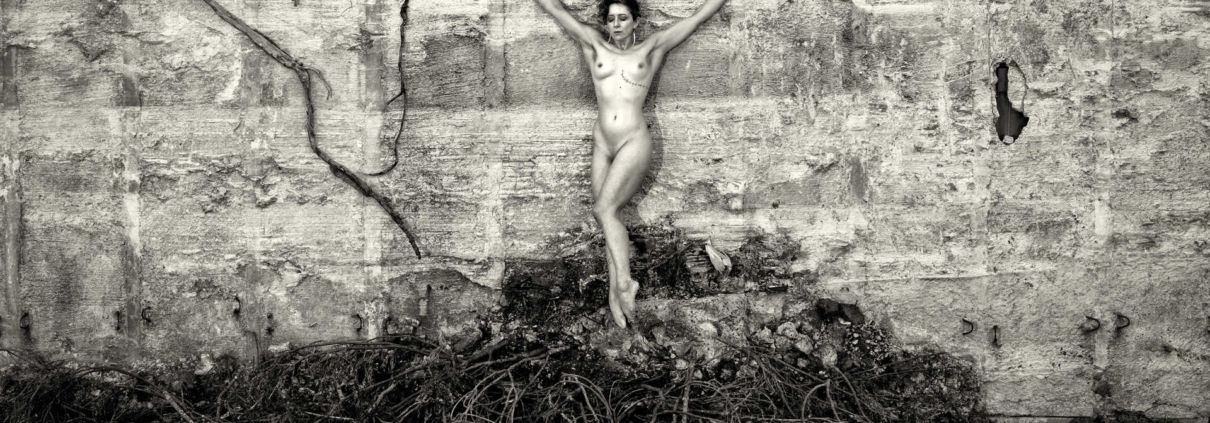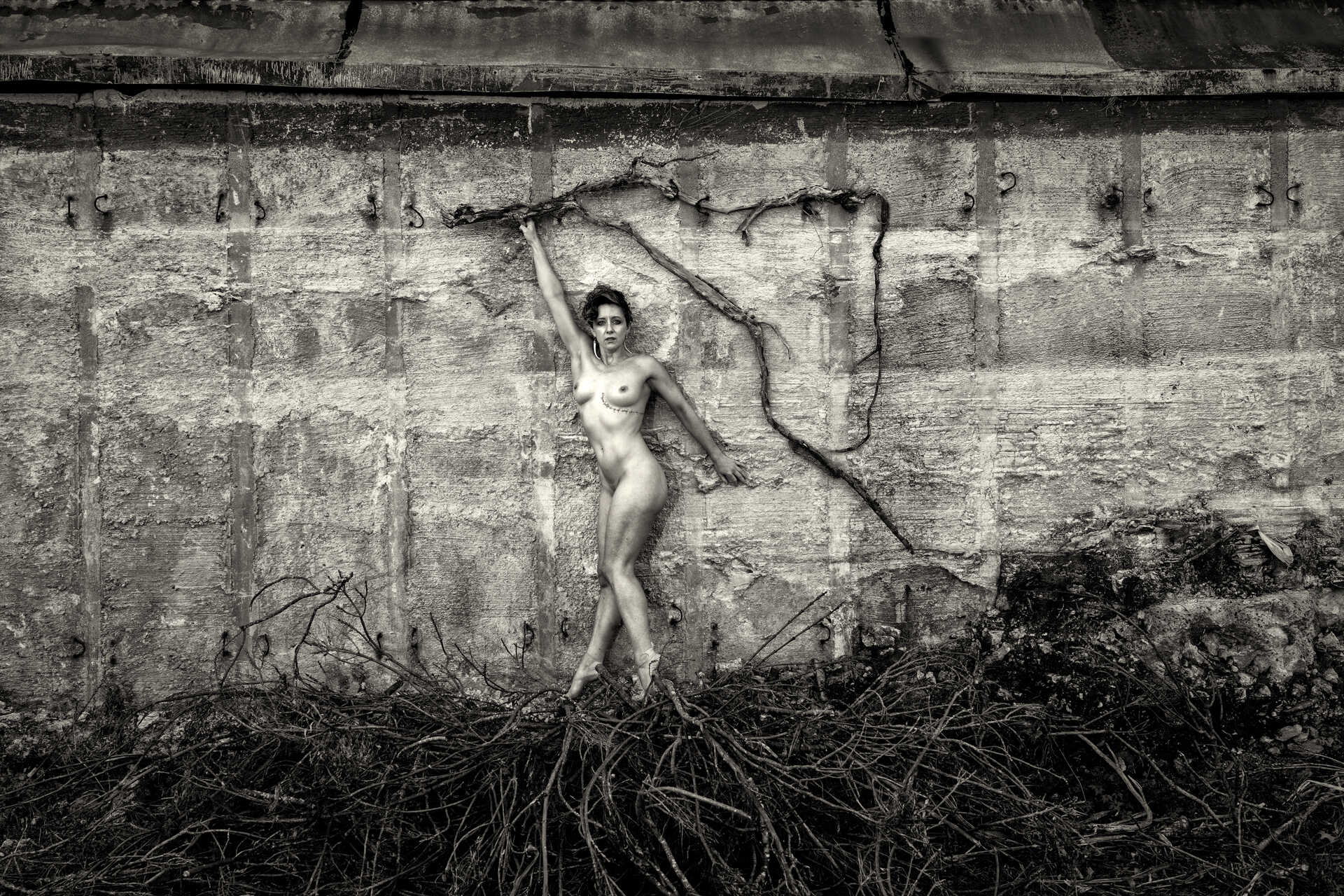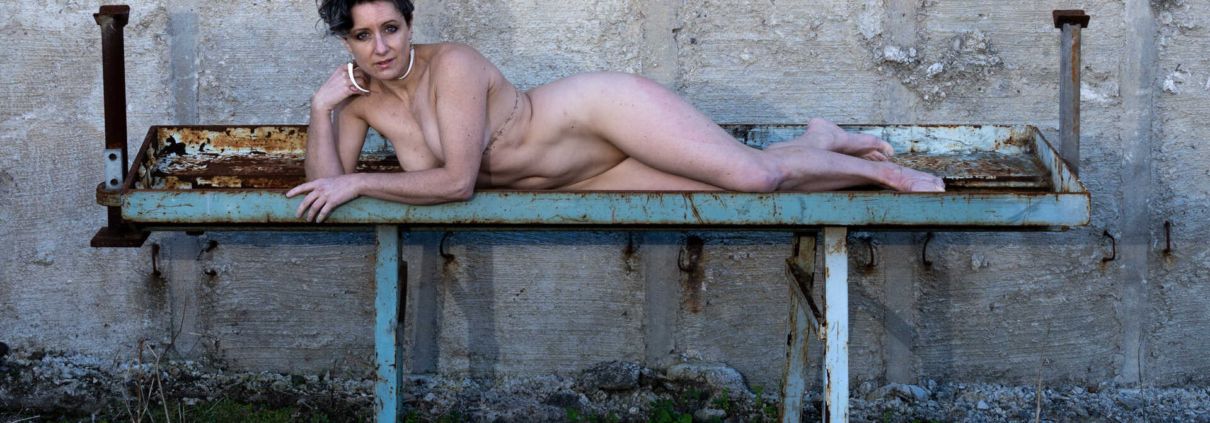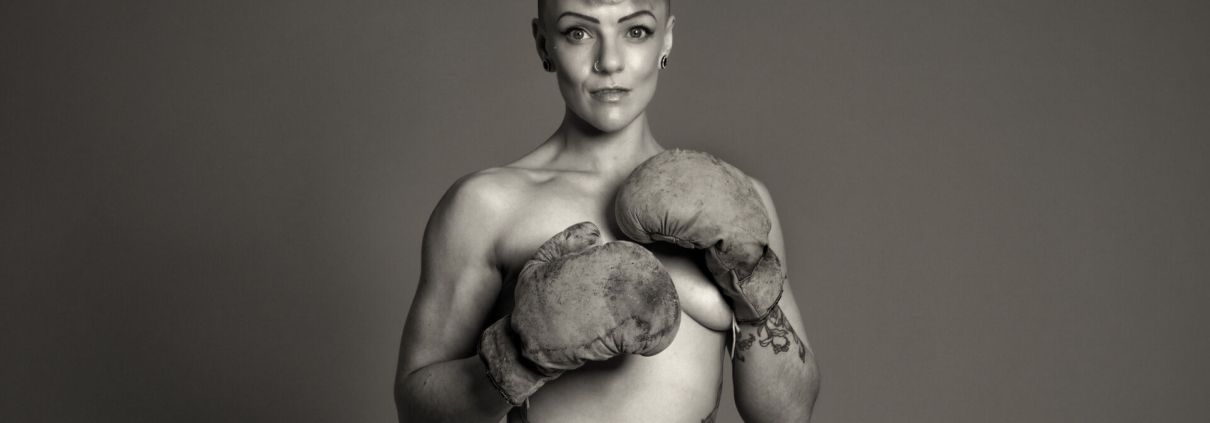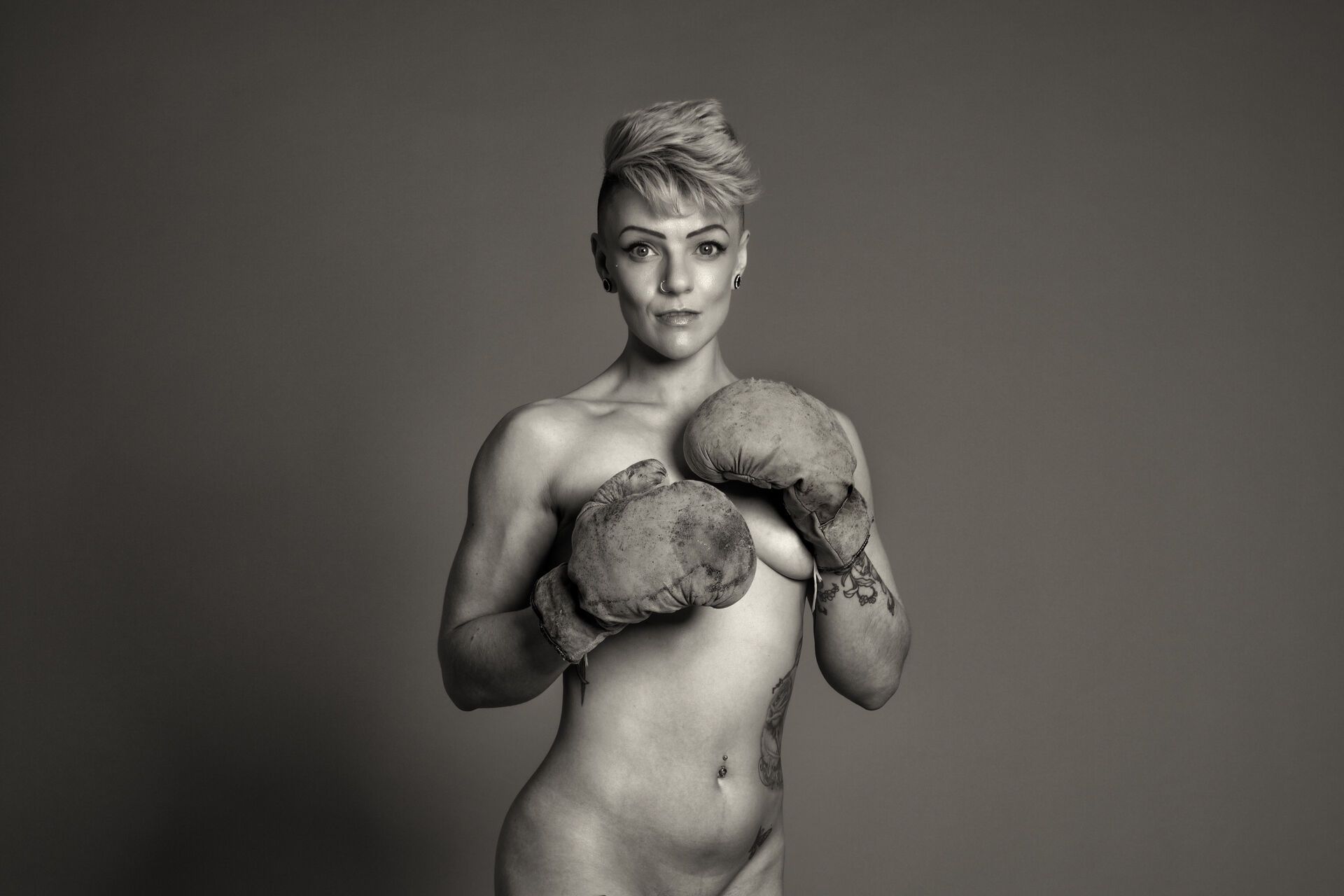Tag Archive for: Monochrome
Blessed by Angels
Two months ago, on April 8th 2022, the biggest tragedy happened. I suddenly and very tragically lost the life of one of my younger children…I lost my son. My world suddenly crashed down around me much larger than ever before…I buried myself under layers and layers and more layers of the debris from this sudden crash and all the debris still floating around from all the smaller trauma from previous tragedy. I was broken into so many dusty pieces deep inside it was suddenly dark and cold and all I could see around me was all the heavy debris I felt was forever going to pin me in this deep dark place never to see light again. I wasn’t happy and was I ever happy? I wasn’t loved easily and was I ever loved at all? All the success I thought I had had suddenly was doomed with unsuccessfulness. How could I go on without something I loved so much how could I climb out from this deep dark space without someone I held so close to my heart how could I see or have any sight of the light I once had without my child whom I had suddenly so tragically lost in an instant. There was no right answers there was no more right somebodies there was no right feelings there was no more reason to yearn for better for myself. How could I give to anyone more how could I deserve anything more for myself and why would I to only suffer more and risk breaking more and with those around me. In total whirlwinds of confusion and pain I started to torture myself with these thoughts and feelings of being defeated being stuck being broken but encapsulated in this deep dark space. Overwhelmed I turned deeper inwards I covered myself over and over and over again with more debris blocking all the possible light and warmth and disturbance I might feel. So stuck in emotions I couldn’t even bring myself to train … Then stuck then immersed in darkness then cold My emotions bottled in this deep dark space with heavy debris around me started crying each little tear dropped became a whirl pool around me… I felt the suffocating from the debris subsided until I was drowning in it.
I was calling for help. I opened my eyes and my heart and took a big deep breath in and I found myself seeing the brightest shining warm colourful lights around me. In total disbelief of the elated feelings and the beautifulness of the bright shining light around me I took another deep breath again…. The sweet angels were all gathered around me and encouraged me with all my strength I had to breathe yet again. With my last breath I came to realise the warm sweet angel voices were of all of these who now stood confidently smiling with joy together surrounding me… their faces were so sweet and hearts so loving and gave me all the empowerment I needed to take that breath with much ease. It soon became clear my angels were all my darling children the ones I had been gifted through out all the adversity I had experienced in my past. Elated with joy and realisation all my children were everything I was yearning for. I only ever wanted to be happy, easily loved and successful at being. I wanted to be understood I wanted to be heard and I didn’t want to be different but I wanted to change for the better. The loudest clearest sweet angel voice could no longer be heard amongst the celebratory chatter but My heart knows it was that of the child I had just lost he was the one that led me back to the light! I know deep in my heart I will keep hearing you and you will keep hearing me and that’s something special I will always hold dear to me forever more. You have taught me the most valuable of life’s lessons. You always were proud of me and my bodybuilding always proud of mummies muscles and how strong they made me feel and how strong you knew I was and had built myself block by block of me from the inside out. For the rest of my beautiful warm sweet angels I will stay here with you and among you for as long as you need me and I know that with you all we can be strong enough to fight together any struggles adversities…you are and always were all that I need.
Each drop that fell sunk me deeper and deeper and also the drops got louder echoing in the whirlpool around me… feeling numb helpless so very tired and loosing all will to fight it any longer the turmoil and sound of the drops started to fade. There was silence… I was hitting the bottom but there was a sense of peace there… my mind felt buoyant and somewhat calm… I couldn’t breathe but I didn’t feel the need to.. I could rest and be still. As suddenly as this moment arose I soonly heard the voices of sweet angels calling me. The angels voices were so sweet and warm and I was drawn to their beautifulness with much enticement. I didn’t care to be in this deep dark cold place I had burrowed myself into but to follow the warmth of the sweet voices I then heard above me. I didn’t care to be hit with all the huge amounts of heavy debris that had fallen on top of me I knew I was physically strong from my training but if only I could follow the warm sweet voices calling me to be with them. Then fearless of any more hurt and pain knowing full well I could not ever loose much more I reached out my hand slowly at first and then with force in some desperation to catch those with the warm sweet voices calling me…. As my hand reached up as high as it could I called back I called saying I am here I called stating I was deep down I was feeling stuck but I could hear them and I needed some help to catch up to them. As soon as I spoke out loud I felt the warmest realest most satisfying sensation i have ever experienced. I felt my hand being reached for and touched too I could still hear the warmth and sweetness of the angel voices fulfil me. I felt from my fingertips right down to my feet the most beautiful of sensations. I called out again to reassure the angel voices I was hearing them… I was following them…
Throughout this journey mentally and physically bodybuilding has been my key. No matter what else is going I. In my life the gym is always there too. The daily routines and disciplines learnt have helped my mental health immensely and I will no doubt continue on this journey to keep building myself from the inside out.
I will happy, I am loved easily and unconditionally and I am successful at being me!
Today I am here a proud mother of eight beautiful children including my darling angel and a grandmother to two beautiful grandchildren.
I am not perfect and that’s ok but I am present and strong and will continue to get stronger Blessed by my forever angels.
Chris
It feels like so long since you went away. We said we would do this together. Why did you have to leave?
I don’t feel strong enough to do this alone. I hide from it. I mask it. I wear a costume to be someone else. Someone happy. Like if no one can see the sadness then maybe I won’t feel it. But it stays. Someone said you must have been needed somewhere else. But who could need you more than we do.
She wants to know why you had to leave. I don’t know what to say. She wants to know when you’re coming home. I don’t have the words. She wants me to brush her hair the way you do. She wants me to do plaits but I don’t know how. She cuddles your teddy bear every night. We both do. She draws pictures of you. Pictures of our little family. We put them on the fridge and it breaks my heart. Why did you have to leave?
———
It feels like so long since you went away. It’s been almost twenty years. I was angry then. It was never your fault. If you hadn’t left I wouldn’t have this strength. I wouldn’t be this man that I am. I am the lucky one. I don’t hide anymore. I’m not afraid of being hurt anymore. I’m not afraid to love wholeheartedly.
She’s no longer our little girl. She grew up so fast. I wish you could see her. She’s the most beautiful woman. A loving big sister. She reminds me of you. She has your smile. Your laugh. She’s not much older than you were when you left. You would be so proud of her.
I still remember the day you left. I sat in the chair beside your bed and stroked your head. I told you I loved you but you had already gone. I’m sorry you had to go. I’m so happy our paths crossed. Our time seems so short but I will always be grateful for you. I love you.
Chris
Focus on community magazine
June 2022 edition

Faces of Humanity
Faces of Humanity exhibition clip
Artist Statement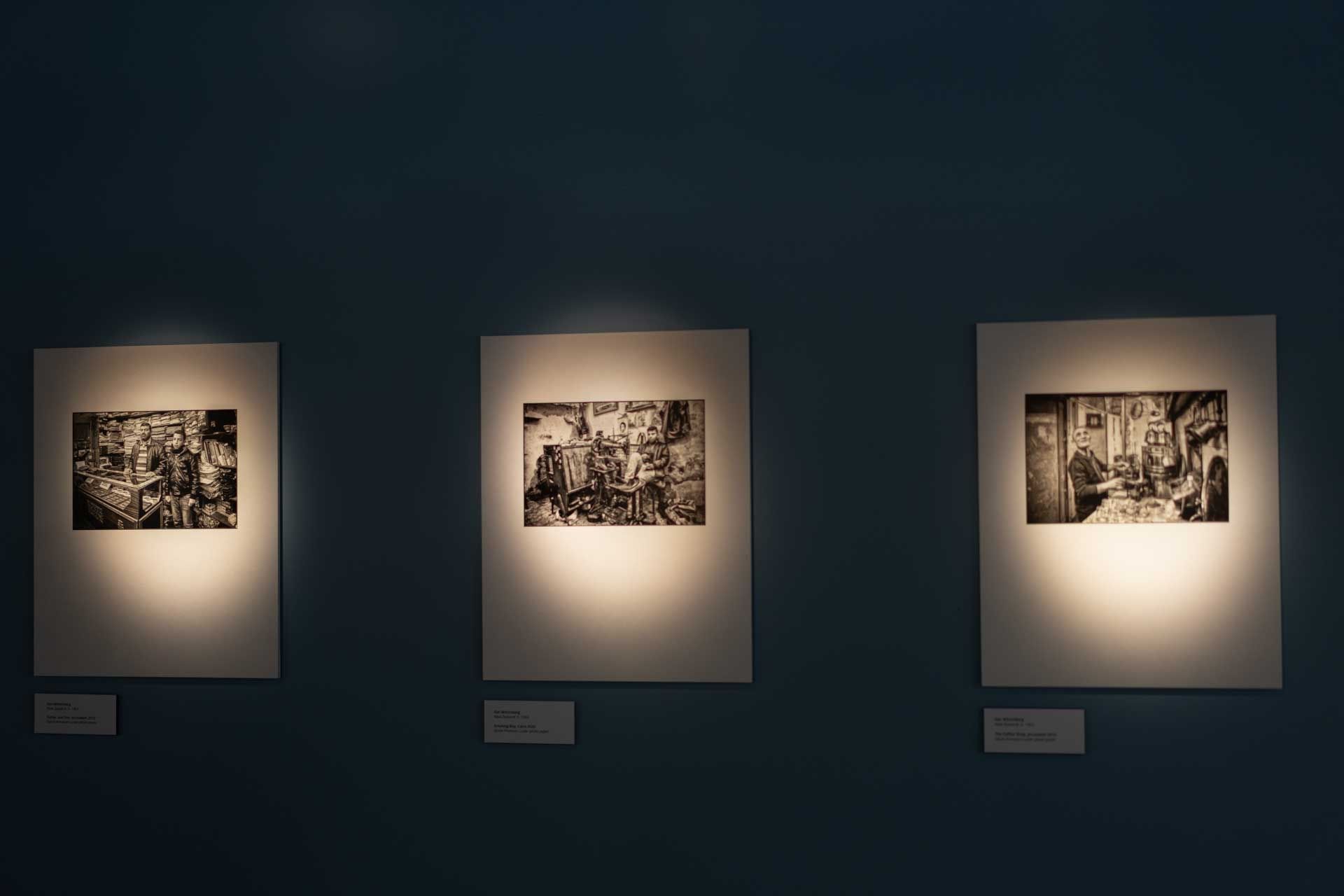



Faces of Jerusalem Artist Statement
Additional Links
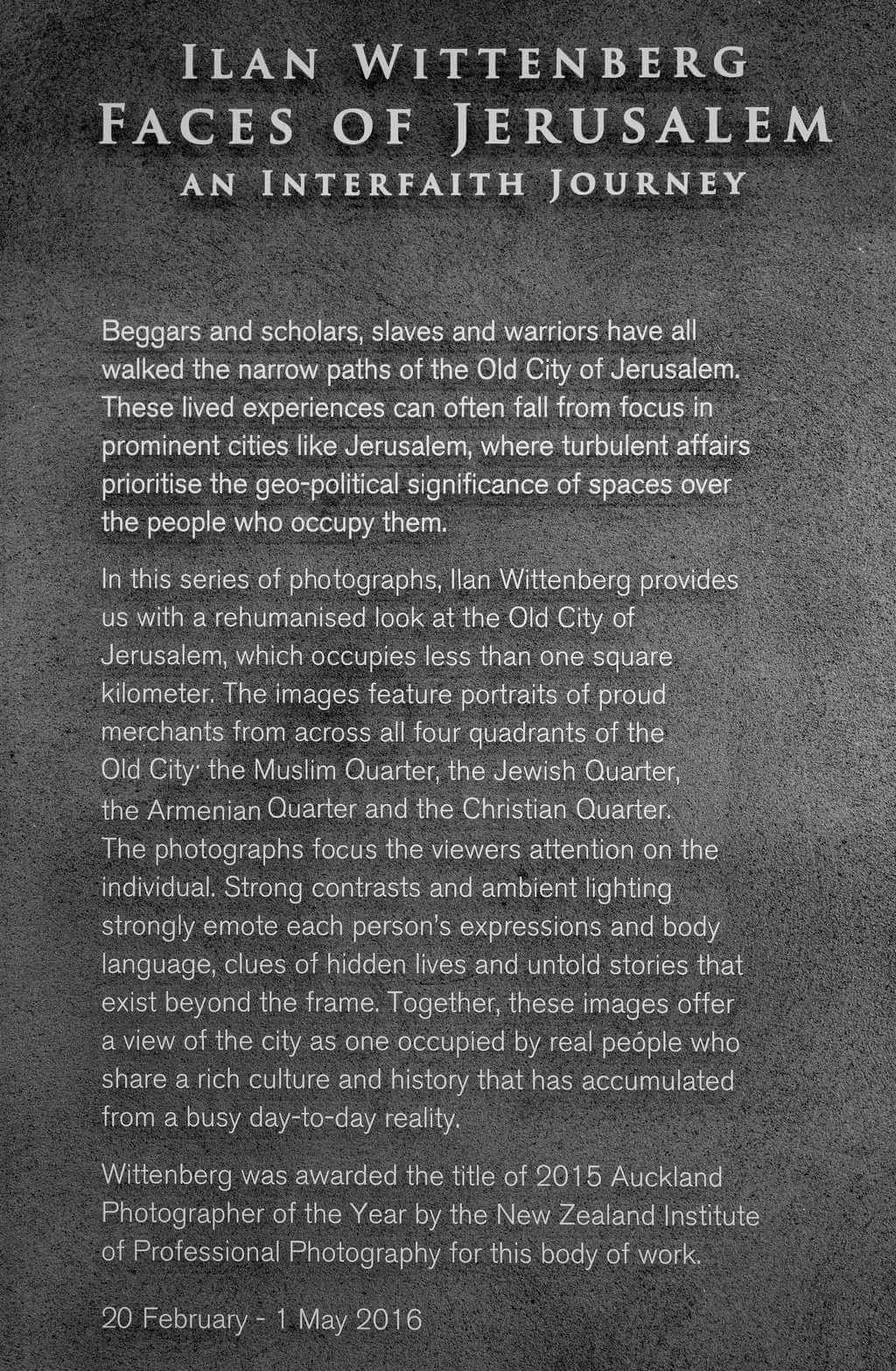
Waiake Beach
